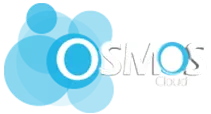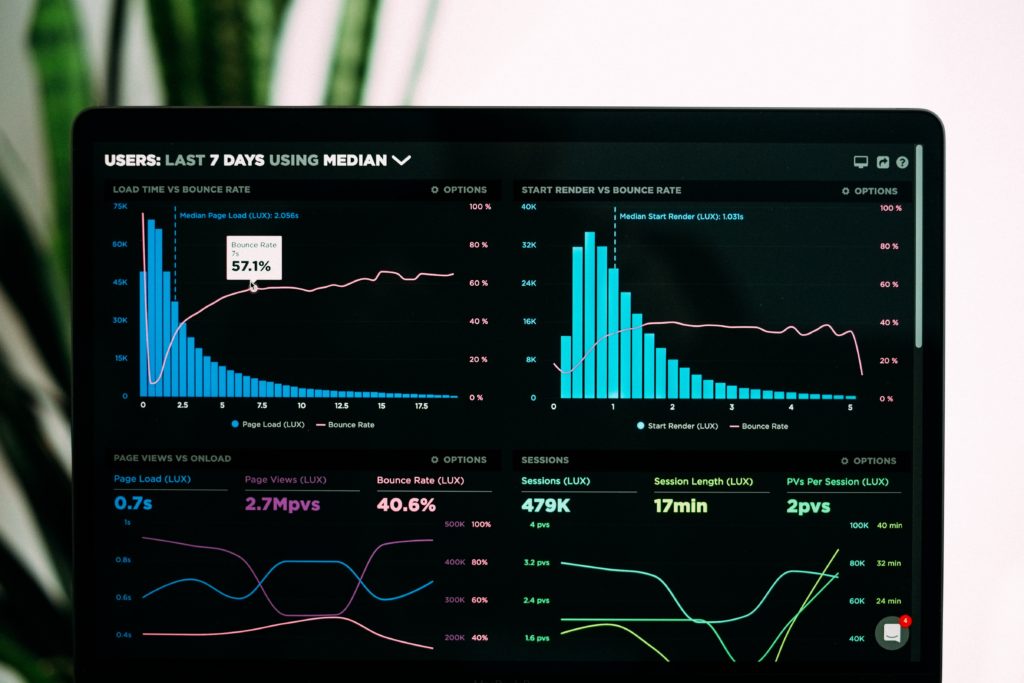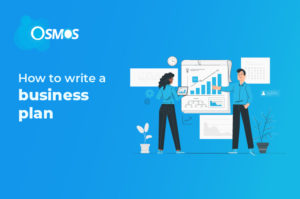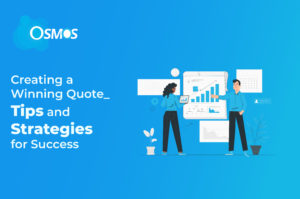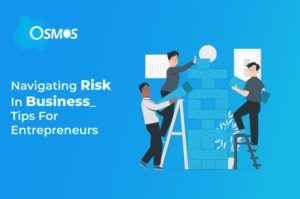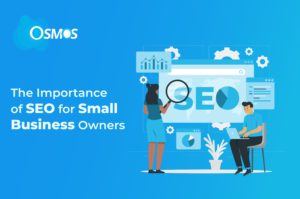Keeping track of business performance is critical for streamlining operations and maximizing efficiency. However, it’s easier said than done and measuring business performance requires keeping track of some key metrics which we’ll cover here.
The important thing is to gather the right data and using it properly to gain valuable insights into business performance. This information not only helps understand how a business is performing but also aids in setting the direction for future growth.
Revenue, profit margin and net profit are only a few common metrics that mainly revolve around financial performance. In addition to financial metrics, businesses also need to consider marketing outcomes and employee performance and satisfaction. There are hundreds of metrics and key performance indicators businesses can consider, but here we’ll try to focus on the most important ones.
Key Metrics for Gauging Performance
Financial Metrics
Financial metrics provide a quantitative way of measuring business performance and include:
- Net Profit = Total Revenue – Total Expenses
Also known as the bottom line. A low Net Profit indicates other weak links, which businesses have to find out to improve profitability.
- Net Profit Margin = Net Profit ÷ Total Revenue
Expressed in percentage of revenue that made it to the bottom line and shows how much sales were turned into profits.
- Gross Profit Margin = (Revenue – COGS) ÷ Revenue
*COGS = Cost of Goods Sold
Helps compare the profit margin against competitors, gain visibility into pricing and should cover operating expenses.
- Debt-Asset Ratio = Total liabilities ÷ Total Assets
A lower debt-asset ratio is desirable and indicates that the majority of assets are owned by the company and not the creditors.
Marketing Performance Metrics
- ROAS (Return on Advertising Spend) = Revenue Generated by Ads ÷ Cost of Ad source
Can be calculated on a per campaign basis as well as on an aggregated basis. E.g. if a business spends $1,000 on an online ad campaign and generates $2000 in return, ROAS will be $2,000/$1,000 = $2
- CAC (Customer Acquisition Cost) = Total Marketing or Sales cost ÷ New Customers
Total marketing and sales cost includes salaries, ad spend, bonuses, overhead and commissions. This metric is measured within a specific time period.
- Time-to-payback = CAC/Annual Fee
Useful for businesses that have a long sales funnel and charge on a recurring basis. It can be skipped if one-time upfront payments are involved. Payback time should ideally be under 12-months i.e. a subscription becomes profitable within a year after acquisition.
- Marketing-Originated Customer Percentage = (New customers) – (Customers who originated from sources other than marketing) ÷ Total New Customers
Helps understand how marketing campaigns are performing and if a business should increase/decrease its marketing budget.
Employee Performance Metrics
Quantifying employee performance can be tricky and the metrics are usually subjective (converted into numbers for evaluation). There are a number of metrics that can provide insights into how employees are contributing to revenue and growth, including:
- Employee efficiency: Realistic, measurable and achievable goals have to be set up first before reviewing performance.
- Quality of Work: KPIs include customers retained, customer satisfaction, scores on a task-by-task basis, error rates, work that had to be redone, revenue generated by an employee
- Adherence to core values: How closely team members follow core values of a business
How Osmos Cloud Can Help in Evaluating Performance?
Osmos Cloud is a web-based quote management software that also comes with a simple-to-use CRM. It provides a single platform to manage quotes, client profiles, invoices and payment collection. In addition to the core features and automation capabilities, it also comes with over 30 real-time reports that help measure important metrics including financial, sales, accounting and efficiency.
It puts important information such as items sold, client geography and channels that bring in the most customers at the fingertips of https://www.osmoscloud.com/blog/wp-content/uploads/2022/09/header-cover-1.jpgs. This allows the sales team to keep focus their time and energy on products/services and customers that matter the most.
